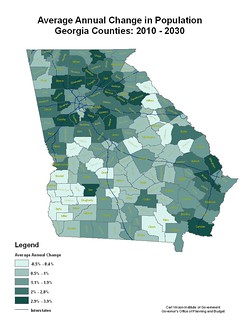 Georgia Sierra Club’s Beyond Coal campaign probably contributed to
Georgia Power’s recent decision to shut down some coal plants.
Now Sierra Club offers a petition to ask Georgia Power CEO Paul Bowers
to go farther, and replace those coal plants with solar offshore wind power
for jobs and health for Georgia.
Georgia Sierra Club’s Beyond Coal campaign probably contributed to
Georgia Power’s recent decision to shut down some coal plants.
Now Sierra Club offers a petition to ask Georgia Power CEO Paul Bowers
to go farther, and replace those coal plants with solar offshore wind power
for jobs and health for Georgia.
Dirty Coal is Out, Help Usher Clean Energy In!
Georgia Power recently announced their plans to retire three of their oldest and dirtiest coal fired power plants.
Now, we must send a clear message to Georgia Power’s leadership that we want to keep Georgia Jobs by investing in homegrown clean energy and energy efficiency to power our homes and businesses.
Send a message to Georgia Power CEO Paul Bowers telling him to replace dirty coal with investments in homegrown clean energy and energy efficiency that can produce thousands of lasting Georgia jobs.
It’s a petition; details here.
Seth Gunning explained why in Sierra Club PR:
Continue reading













